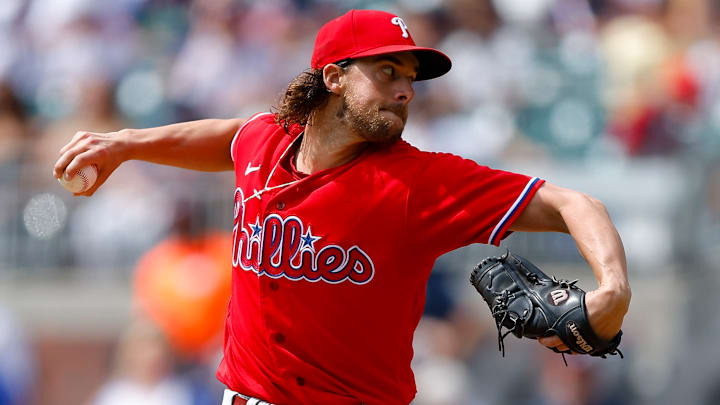Chris Sale
With the acquisition of Kyle Gibson and Lance Lynn, the bulk of innings from the starting rotation is all but guaranteed for 2024. This allowed the Cardinals to target buy-low candidates this offseason, and none may have been better than Chris Sale. Traded from Boston to Atlanta for shortstop prospect Vaughn Grissom, the cost really wasn't that high. Perhaps Dylan Carlson and a mid-tier prospect would've gotten the deal done.
Moreover, the Red Sox are covering Sale's entire salary for 2024, meaning the Braves won't be restricted by this move financially at all. Despite being plagued by unfortunate injury after unfortunate injury, Sale showed in 2024 that he can still be a serviceable middle-rotation starter. He pitched to a 4.30 ERA, but his expected 3.80 FIP indicated he was a bit unlucky. Moreover, he still posted an elite 11.0 K/9 even in a season derailed by a midseason injury.
Since the Cardinals wouldn't dream of exceeding the luxury tax anyway, trading for Sale essentially means getting him for free. And if they only needed to part with a high-upside offensive piece that didn't fit into their future plays like Vaughn Grissom for the Braves, it should've been a no-brainer. If Sale is injured, no real problem, but if Sale pitches anywhere near his Cy Young-level past self, he'd transform the Cardinals rotation from merely being serviceable to a serious threat in the Postseason. If Chris Sale finds a new gear in Atlanta and stays healthy all season, the Cardinals will wish they had acquired him from the Red Sox instead.
